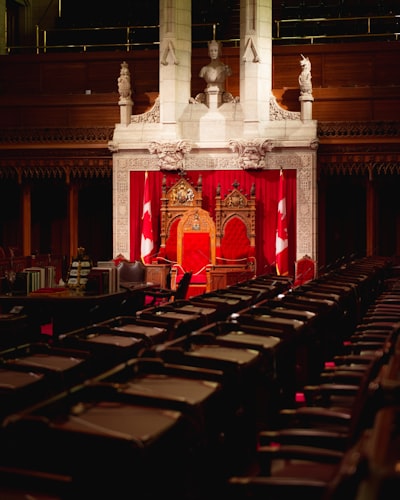Overview
Vote-a-rama is a legislative procedure used in the United States Senate that allows for a rapid succession of votes on amendments to a legislative bill, typically during the consideration of budget resolutions or reconciliation bills. It is characterized by the absence of strict limits on the number of amendments that can be introduced, resulting in extended sessions that may last for many hours, sometimes overnight.
History and Purpose
The practice of vote-a-rama emerged as a consequence of the Congressional Budget Act of 1974, which established the reconciliation process. This act permits the Senate to consider certain budget-related bills with expedited procedures, including limited debate and protection from filibuster. However, the Act does not impose a cap on the number of amendments, leading senators to use the opportunity to introduce numerous proposals during a single, marathon voting session.
Procedure
Once general debate on a reconciliation bill concludes, the vote-a-rama begins. Each amendment is brought to the floor, with brief time allotted for discussion (usually a few minutes for each side), followed promptly by a roll-call vote. This cycle repeats without interruption until all proposed amendments have been considered. These sessions can involve dozens or even hundreds of amendments, encompassing a wide array of policy topics, from fiscal measures to social programs.
Significance in Legislative Process
Vote-a-ramas offer senators from both parties an opportunity to put forward amendments for the official record, compel their opponents to take public positions on controversial issues, and attempt to shape the final content of major legislation. Although many amendments are introduced for symbolic or political purposes rather than genuine policy change, some can pass and meaningfully alter the bill under consideration.
Impact and Criticism
Vote-a-rama events are often criticized for being performative or chaotic, with some senators introducing amendments designed mainly to score political points, rather than to improve legislation. Critics argue that the process can be confusing for the public and may undermine deliberative policymaking. Proponents, however, view it as an important opportunity for transparent, democratic participation in the legislative process, allowing the minority party and individual senators to influence significant legislation.
Notable Instances
Vote-a-ramas have played a prominent role in recent decades during major budgetary and reconciliation debates, including those concerning healthcare reform, tax legislation, and government funding bills. The spectacle of continuous, high-stakes voting often receives significant media attention and can reveal divisions within and between political parties.
Conclusion
The vote-a-rama is a distinctive feature of the United States Senate, reflecting both the complexity and openness of the American legislative process. While imperfect, it remains a vital tool for senators seeking to represent the diverse interests of their constituents and to hold colleagues accountable for their legislative choices.

Comments
No comments yet. Be the first to comment!